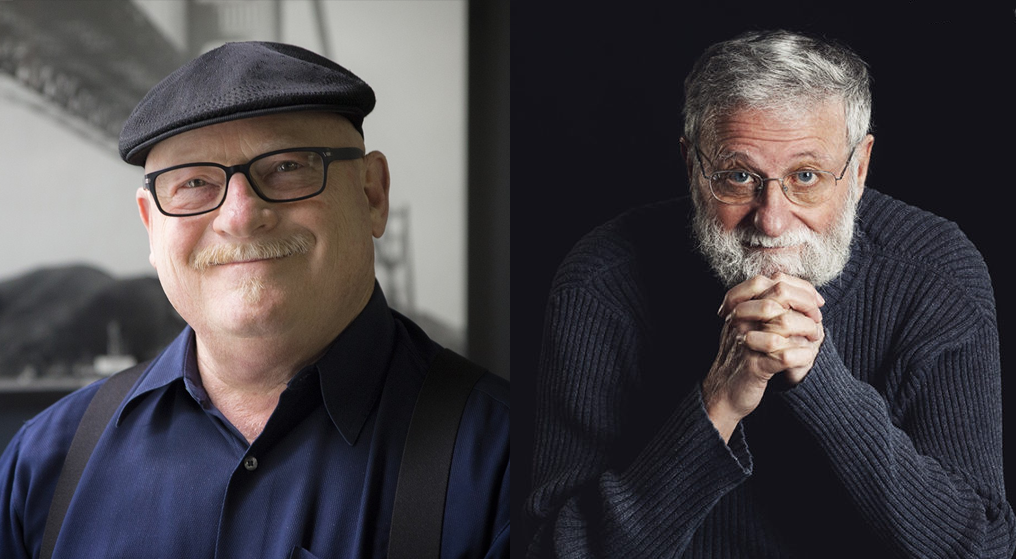
Design Philosophy
“If we want users to like our software we should design it to behave like a likeable person: respectful, generous, and helpful.”
“Design is really an act of communication, which means having a deep understanding of the person with whom the designer is communicating.”
My design philosophy in a nutshell is: Research-Driven Empathy
Design is above all a process of growth and change. During my career in design I have had the honor of working with and learning from a great many talented designers and design researchers, from luminaries like Don Norman and Alan Cooper, to visual designers, prototypers, motion designers, and even a virtual fashion designer. I have learned a lot from each of them, and look forward to continuing my lifelong education in design.
One thing I have learned is that design research is indispensable: Early in a product lifecycle ethnographic user interview research provides irreplaceable context for crafting a design target to keep things on track; and as a product gains complexity, usability tests are also key for making a usable and delightful product. Because the team is too close to the design, only un-biased feedback from a usability study will help designers hone in on the pain-points of a new design.
One example of usability studies improving a design was the Samsung TV Out-Of-Box experience, for which we interviewed a cohort of users after giving them a free Smart TV. We visited these consumers several times over the study, and recorded them during the setup process. We discovered some significant pain points during the assembly process, and a lack of visibility into some of the more helpful features. Using these findings we were able to design a new out-of-box experience that measurably reduced return rates among North American consumers.
Equally important, I believe, is an empathetic mindset. To avoid the trap of self-referential design, where the designer thinks of themselves as the user and asks the question “how would I like this to work?” Instead you must understand the customer, and how they are different from you, like method acting, you must first see the world through their eyes before you can understand how they want to work or play.
At TiVo the combination of inventing a new product category with TV being something that everyone at the company was intimately familiar with created an atmosphere that led to self-referential design. The Henry Ford quote “If I’d asked people what they wanted they would have said faster horses.” was often repeated by the design team. When disagreements came up between designers, they were hard to resolve, because both designers were “right.” It was not until we started asking our users for feedback, both in usability studies as well as data from customer support calls that we were able to see that our customers had real pain points in the current experience, especially the setup process. Then we were able to focus on the high-impact changes we could make to improve usability.